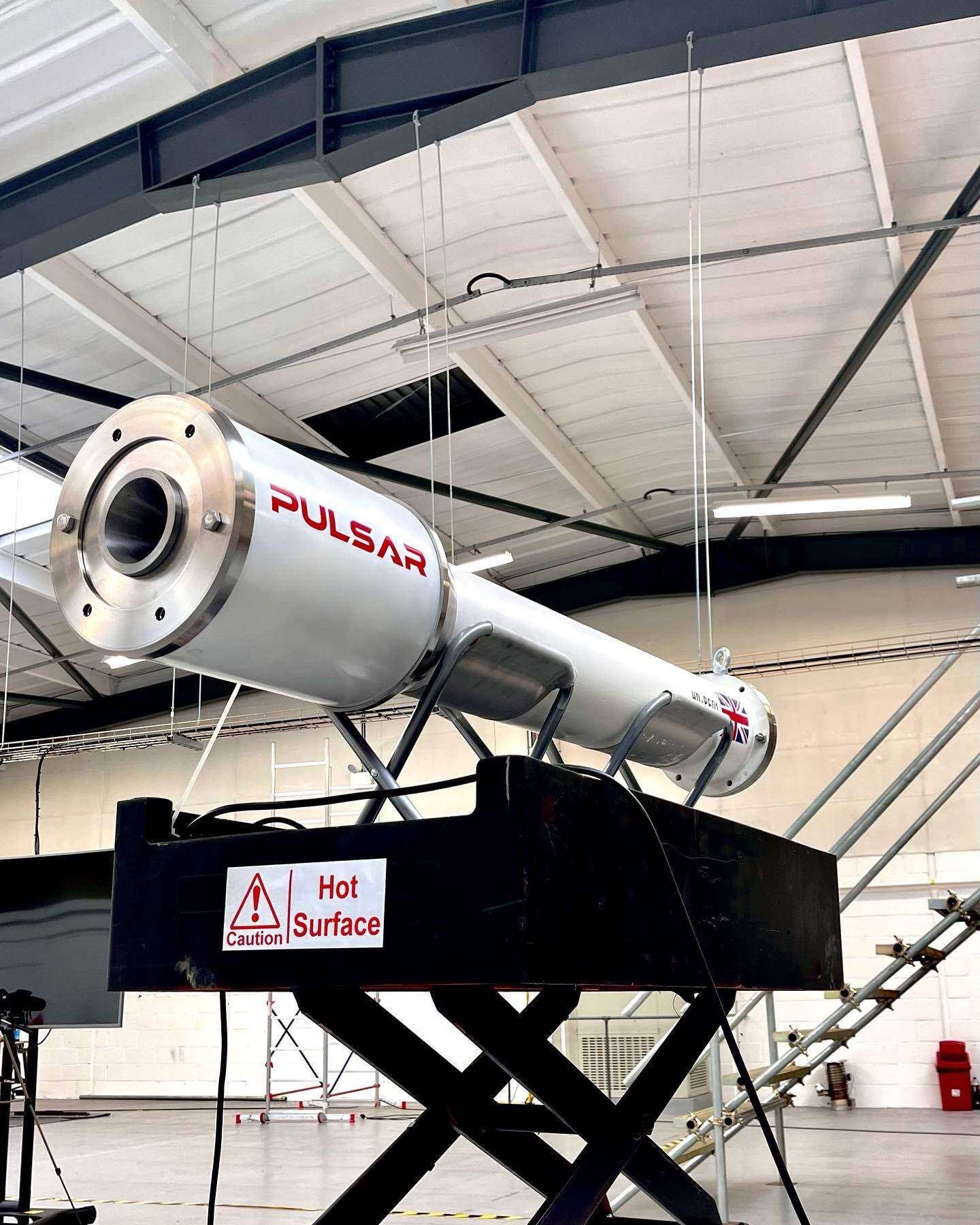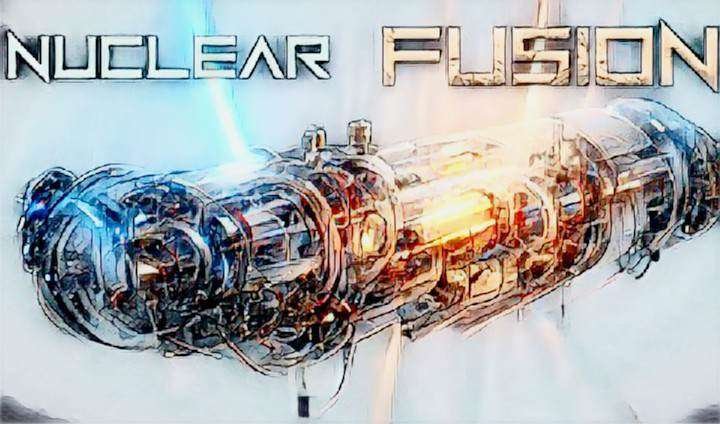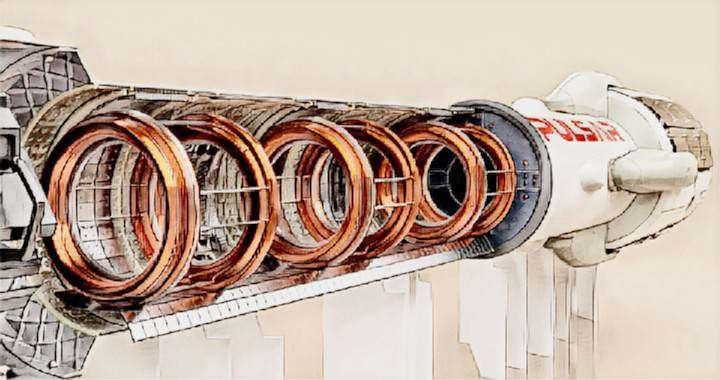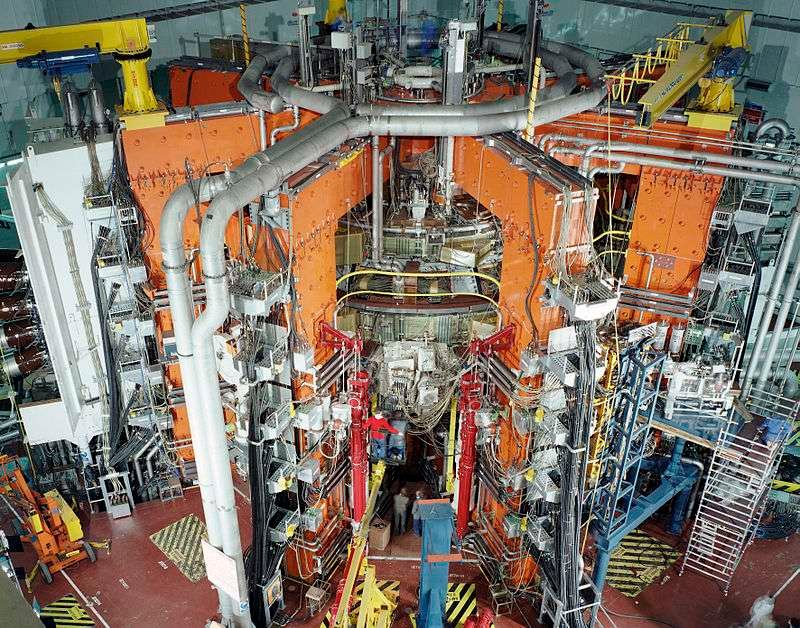Artwork by Melissa Horn 2023
As we advance our technology we are coming upon a new Era in human history. In modern times we have created various ways to make our lives easier. Just in the last thirty years technology and science have advanced very quickly. The new generation has access to technology we hadn’t even thought possible.
The discovery of nuclear power and space travel has become a major part of the future for humanity to explore our solar system. For future generations we must expand humanity and create new worlds and new civilizations.
Fusion Energy has long been a proposed energy solution to advance our world into a new Era of history. Not only for the power grid, but also machines and rockets for space exploration.
Breakthroughs in the last couple of years have made it possible to make a smaller fusion reactor that could be converted to an engine for battleships, rockets, and airplanes. Larger reactors can be used for the power grid, to supply energy to cities with the power of the sun. This will bring affordable energy that will solve many of today’s problems.

New Breakthrough in Fusion Rocket Propulsion
Scientists are now building a fusion engine for rockets in the UK. This new technology will revolutionize how we build rockets and machines for space travel. It will be very exciting to see humanity harness the same power and process that fuels the sun. From ancient times we have looked up at the night sky where the stars and heavenly bodies shined down on us.
Pulsar Fusion from the UK has designed a fusion rocket that will be able to travel 500,000 mph. When its construction is completed it could reduce the time it takes to get to reach Mars by more than half the time. In preceding year this will be reduced to only a few weeks. The current, fastest crewed rocket only can reach speeds of 24,791 mph.

Photography by Pulsar Fusion 2023
The main goal at Pulsar Fusion is to save valuable time traveling to Mars and our solar system. Currently attempting space travel can pose health problems due to high levels of gravity and radiation. Working with nuclear fusion we could finally increase our travel speed while exploring our neighboring planets and moons. They expect to perform tests in 2025.
By reducing the time it takes to get to Mars and the moon, humans for the first time in history will be able to explore the universe and reach the stars.

Artwork by Melissa Horn 2023
That means that NASA, SpaceX, and others who want to travel to Mars must keep their missions shorter than four years to make sure our astronauts come home safe and healthy. Now it takes seven months to travel to Mars with our current rocket propulsion.
“A fusion rocket could allow us to send people to see the rings of Saturn or the moons of Jupiter,” says Pulsar Fusion propulsion engineer Adam Baker.

Artwork by Melissa Horn 2023
“Humanity has a huge need for faster propulsion in our growing space economy, and fusion offers 1,000 times the power of conventional ion thrusters currently used in orbit,” said the CEO of Pulsar Fusion Richard Dinan.
“Science have not been able to control the turbulent plasma as it is heated to hundreds of millions of degrees and the reaction simply stop,” said Jams Lambert of Pulsar Fusion.
Pulsar Fusion has partnered with the aerospace company R&D, Princeton Satellite Systems. They are studying with the help of AI a model of hot plasma. How it would react in a fusion rocket.
Pulsar Fusion recently partnered with aerospace R&D company Princeton Satellite Systems. They are currently working with designers using AI for running simulated experiments to model the reaction of plasma in a rocket engine. They are building one in the UK and hope to do tests in space in the year 2025.
“A fusion rocket could allow us to send people to Mars and bring them back in weeks not months or years,” said, Pulsar Fusion propulsion engineer Adam Baker.

Artwork by Melissa Horn 2023
What Is Hydrogen Based Fusion Energy

Fusion energy tokamak reactor
We need hydrogen based fusion energy, it will solve all of our energy needs and will drive massive economic growth. Today there is a full global development initiative that has made great breakthroughs in recent years.
Fusion energy can supply the world’s energy needs for centuries. It offers unlimited super high energy yield by fusing hydrogen-deuterium isotopes from sea water into helium in a high temperature, high pressure, magnetically confined plasma. It is safe, low risk, non-radioactive, no nuclear waste, no plutonium, and non-nuclear proliferation risk. The plasma reactors can separate molecular structures to provide critical elements and rare metals. Reaching fusion breakeven involves advanced sciences of complexity, quantum mechanics, nuclear physics, non-linearity, plasma physics, superconductivity, lasers, particle acceleration, magnetohydrodynamics, and more.

ITER hydrogen fusion energy reactor
Nations, investors, and corporations are rushing to develop clean fusion as a solution to such issues as: intersteller space travel, climate change, overpopulation, replacement of fossil fuels, world economic growth, waste and landfill recycling, elimination of toxic waste, recycling nuclear waste, unlimited supply of raw materials, high speed Maglev trains, mass saltwater desalinization, irrigate the deserts, etc.
The International Thermonuclear Experimental Reactor (ITER) focus on confined plasma fusion involves 35 participating nations to jointly develop fusion energy breakeven by 2025 and full fusion power by 2035. The seven primary nations leading the effort are the U.S. Russia, China, India, Japan, South Korea, and the EU.
There have also been breakthroughs using high powered laser beams to achieve fusion energy at the National Ignition Facility at the Lawrence Livermore National Laboratory.
According to the U.S. Energy Information Administration, hydrogen fusion will yield 320 billion J/g (Joules per gram) of energy, compared to coal at 27,000 J/g, oil at 46,000 J/g, and fission nuclear energy at 82 billion J/g.
Fusion energy will revolutionize the world into a higher advanced technological society. This revolution is equivalent to the revolutions of Paleolithic hunting, Neolithic agriculture, urban civilization, and steam-electrical industrial society. When we obtain sustainable fusion energy it will be integrated with new quantum computers, superconductivity, nanotechnology, space propulsion, artificial intelligence, smart materials, Maglev trains, saltwater desalination, and more. Fusion will provide faster space travel and energy sustainability for colonization of the Moon, Mars, other planets, moons, and asteroids.

The fusion Plasma Torch will be able to recycle the world’s garbage, toxic waste, used materials, plastics, and nuclear waste. The high energy plasma can convert and separate materials into their constituent elements, providing unlimited resources. Strong magnets separate the different elements in the high temperature plasma.

Fusion energy will provide energy for worldwide high speed Maglev Trains (magnetic levitation). Maglev trains travel in frictionless tubes at speeds up to 400 MPH.

Fusion will provide energy for mass seawater desalinization.
Companies involved in developing fusion energy include: Pulsar Fusion, Commonwealth Fusion Systems (Bill Gates), ENI Italy, General Fusion (Jeff Bezos), Tri Alpha Energy (Paul Allen), Venrock (Rockefeller), Helion Energy (Peter Thiel, Jeffrey Skoll), TAE Technologies (Google), General Atomics/General Dynamics, Tokamak Energy, Sap Energy/Chevron, Hyperjet Fusion, Shell Oil, Alphabet, Albermaarle, Verizan, Equinorm Cenovus, and others.
References
Fusion Rocket
- Big Think
- NASA
- Popular Mechanics
- Pulsar Fusion
Fusion Energy
- ITER: The Giant Fusion Reactor, Michael Claessons, Springer, 2017.
- An Indispensable Truth: How Fusion Power Can Save the Planet, Francis Chan, Springer, 2011.
- The Future of Fusion Power, Jason Palisi, Justin Ball, WEPC, 2018.



